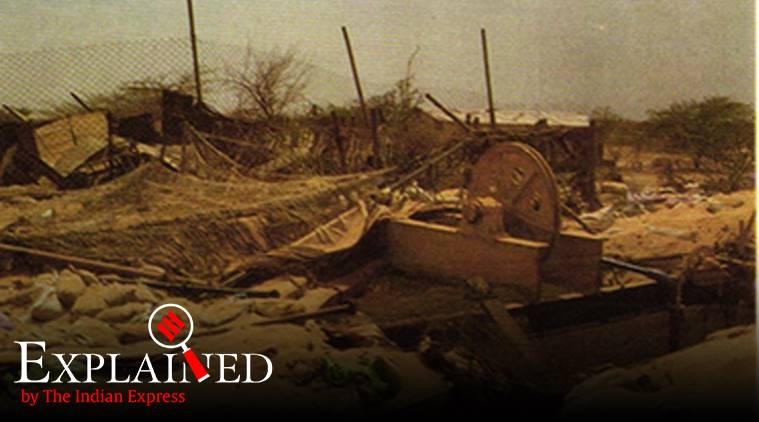Assigned the code name Operation Shakti, the mission was initiated on May 11, 1998. The tests consisted of 5 detonations.
Today (May 11) is National Technology Day, celebrated to mark the day on which India successfully test-fired its first nuclear bombs in 1998. Between May 11 and May 13, 1998, five devices were tested during the nuclear tests in Rajasthan’s Pokhran.
India is currently among eight countries in the world that have a publicly known nuclear weapons program.
Prime Minister Narendra Modi on Monday wrote on Twitter, “On National Technology Day, our nation salutes all those who are leveraging technology to bring a positive difference in the lives of others. We remember the exceptional achievement of our scientists on this day in 1998. It was a landmark moment in India’s history.”
India and nuclear weapons
At the time of India’s independence, the country’s leaders were opposed to fully embracing nuclear weapons.
Just two years before in 1945, the world had witnessed the horrific nuclear bombings of Hiroshima and Nagasaki. Mahatma Gandhi called the use of nuclear weapons morally unacceptable. His protege and India’s first Prime Minister, Jawaharlal Nehru, was also sceptical, but kept the door open for future consideration.
This future beckoned early, as India’s defeat in the 1962 Sino-Indian War gave rise to legitimate fears about national security.
Then in 1974, India conducted its first nuclear test, codenamed “Smiling Buddha”, at Pokhran in Rajasthan. Then-Prime Minister Indira Gandhi called the test a “peaceful nuclear explosion.” India demonstrated to the world that the country could defend itself in an extreme situation and chose not to immediately weaponise the nuclear device it tested at Pokhran.
Things changed in the 1980s when Pakistan began to covertly develop its own nuclear program. India was then forced to develop its own program undercover. This took place while Indian diplomacy was pushing for global disarmament at forums such as the United Nations.
The Pokhran II tests
India’s fence-sitting finally ended when it detonated another device in 1998, again at Pokhran. Then-Prime Minister Atal Bihari Vajpayee publicly declared India’s status as a nuclear weapons power.
The tests were conducted by former President Dr APJ Abdul Kalam, who led the scientific team that made preparations for the tests. Assigned the code name Operation Shakti, the mission was initiated on May 11, 1998. The tests consisted of 5 detonations, the first being a fusion bomb while the remaining four were fission bombs. One fusion and two fission bombs were tested on May 11, and two more fission bombs on May 13. With the tests, India achieved its objective of building fission and thermonuclear weapons with yields up to 200 kilotons.
After Pokhran-II, Vajpayee had declared India a nuclear state — then the sixth country in the world to join this league. Unlike in 1974, India had this time chosen to actively develop its nuclear capabilities, and the tests followed economic sanctions by the United States and Japan. The sanctions were later lifted.
? The Indian Express is now on Telegram. Click here to join our channel (@indianexpress) and stay updated with the latest headlines
For all the latest Explained News, download Indian Express App.
Source: Read Full Article





